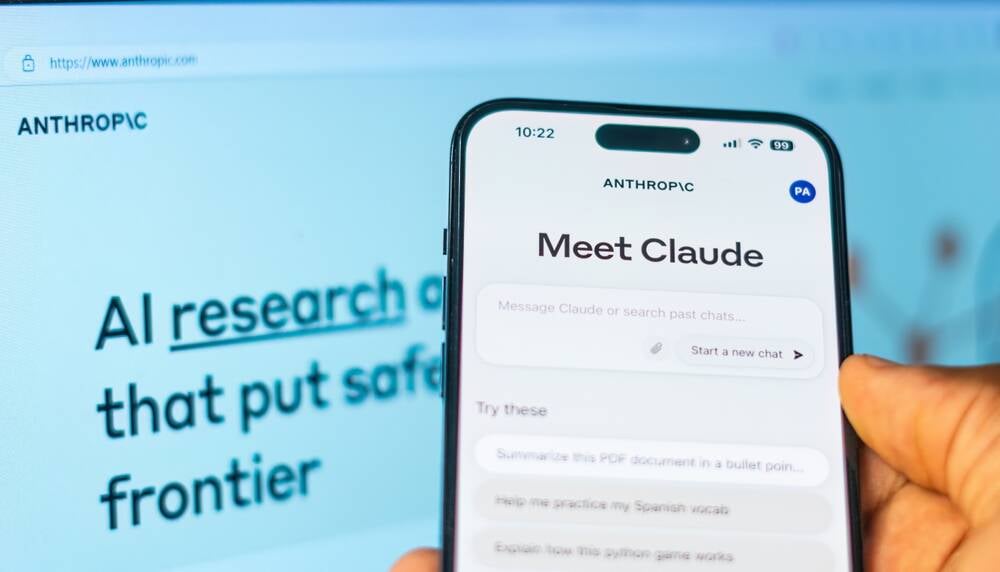
Anthropic’s law firm throws Claude under the bus over citation errors in court filing
AI Citation Errors Highlight Need for Blockchain-Verified Legal Documentation
Recent events involving Anthropic's law firm and AI-generated citation errors have sparked important discussions about document authenticity and verification in legal proceedings. The incident, where Claude AI produced inaccurate citations in court filings, reveals critical vulnerabilities in current legal documentation practices.
The Growing Challenge of AI-Generated Content in Legal Systems
Law firms are increasingly incorporating AI tools into their workflows, but this integration comes with significant risks. In Anthropic's case, their legal team used Claude to generate formatted citations, resulting in incorrect authors and titles appearing in court documents. This follows a pattern of similar incidents, including cases like Mata v. Avianca and United States v. Hayes, where AI-generated falsehoods led to serious legal consequences.
Why Traditional Citation Methods Are No Longer Enough
The legal industry's growing reliance on AI tools has exposed several key issues:
- Difficulty in verifying source authenticity
- Challenges in establishing chronological proof of document creation
- Increased risk of unintentional errors in legal filings
- Lack of reliable verification systems for citations
Blockchain Technology: A Solution for Legal Document Integrity
Blockchain-based certification systems offer a promising solution to these challenges. By creating immutable records of documents and citations, blockchain technology provides:
- Verifiable timestamps of document creation
- Tamper-proof storage of original sources
- Transparent audit trails
- Permanent proof of authenticity
Preventing Citation Errors Through Blockchain Verification
Modern blockchain certification platforms create an unalterable record of document authenticity. When a legal document or citation is certified on the blockchain, it receives:
- A unique digital fingerprint
- Timestamped proof of existence
- Verifiable chain of custody
- Permanent record of modifications
This technology would have prevented the citation errors in the Anthropic case by providing a verified source database that could be cross-referenced before submission to the court.
The Future of Legal Documentation
As courts become increasingly strict about AI-generated content, law firms need reliable systems to verify and protect their documentation. Blockchain certification offers:
- Independent verification of source materials
- Protection against unauthorized modifications
- Clear establishment of document chronology
- Strengthened legal positions through immutable proof
Implementing Blockchain Solutions in Legal Practice
Law firms can protect themselves by:
- Certifying all source materials on the blockchain
- Creating verifiable timestamps for document creation
- Maintaining immutable records of citations
- Establishing clear chains of custody for legal documents
Time for Change in Legal Documentation
The Anthropic case serves as a wake-up call for the legal industry. As Judge Kelly Rankin stated, "An attorney who signs a document certifies they made a reasonable inquiry into the existing law." While technology evolves, the requirement for accuracy remains constant.
Protect Your Legal Documents Today
Don't wait for citation errors to impact your legal proceedings. Explore blockchain-based certification solutions to secure your intellectual property and legal documentation. With proper blockchain verification, firms can maintain the highest standards of legal accuracy while embracing technological advancement.